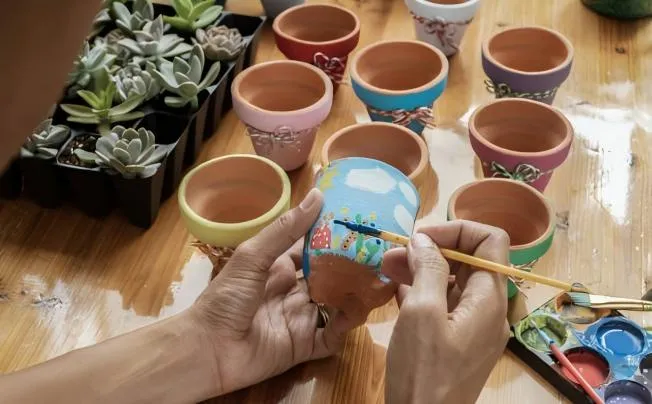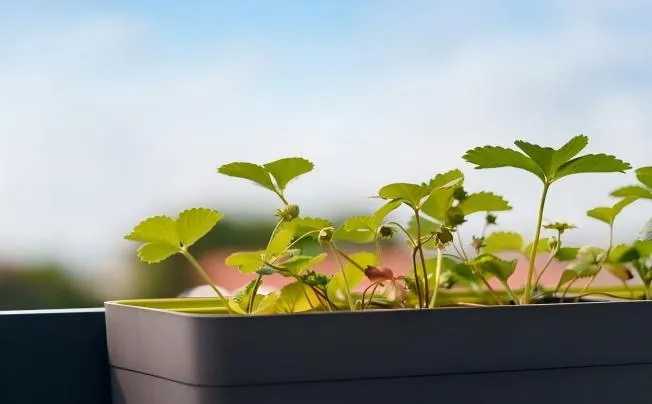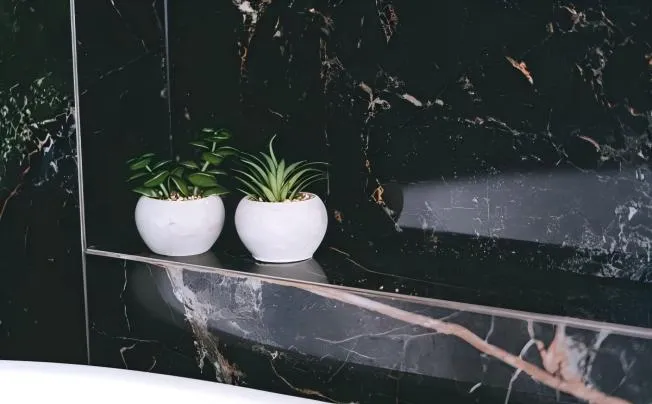Does A High-Quality Stainless Steel Flower Pot Turn Green?
Potential factors that cause stainless steel flower pots to turn green
1. Environmental elements
Stainless steel flower pots may become green due to the growth of algae on their surface in a humid atmosphere that is full of algae spores. Algae need sunlight, moisture, and the right temperature to flourish. Algae will grow quickly on the flower pot's surface when these circumstances are simultaneously present in a particular setting. Even though stainless steel is somewhat resistant to corrosion, the metabolites and secretions of algae can somewhat corrode its surface, speed up the oxidation process, and encourage the development of greening.
2. Improper use
When cleaning stainless steel flower pots, the use of acidic and alkaline detergents can react with the chromium oxide protective film on the surface of the steel, destroying the protective film's integrity. Additionally, if the flower pot is exposed to corrosive substances, such as certain chemical fertilisers, pesticides, or other acidic and alkaline liquids, it will also damage its surface and speed up the oxidation and rusting process.
3. Material concerns
There are still some subpar stainless steel items available on the market, despite the fact that premium stainless steel flower pots resist corrosion well. Because of their low alloy element content—particularly the amount of essential components like nickel and chromium—these inferior stainless steels may not be as resistant to corrosion. They rust and turn green in the same use environment and are more vulnerable to outside influences. For instance, after a while of use, certain inexpensive stainless steel flower pots may start to show rust patches on the outside.

How to judge whether a high-quality stainless steel flower pot has turned green
Look at the appearance first
If the greening is due to algae growth, a close examination will show that the green portion is dispersed in irregular patches, may be accompanied by filamentous or fluffy algae, and does not evenly cover the entire surface of the flower pot. In normal conditions, the colour of high-quality stainless steel flower pots should be uniform and consistent, with good gloss and the surface displaying the bright lustre unique to metal. The flower pot's surface may have visible rust patches, which are often brown or reddish-brown in colour. They might eventually turn green as a result of more oxidation and chemical reactions.
A high-quality stainless steel flower pot should have a smooth, level surface free of any noticeable rough spots or lumps. The greening area's surface may appear rough or sandy as a result of material corrosion damage, which alters the surface structure.
Materials for testing
Magnetic testing is a popular technique. While some low-quality stainless steels may include more ferrite or martensite and have considerable magnetism, austenitic stainless steels, like 304, are typically non-magnetic or only weakly magnetic. Go to the flower container with a regular magnet. The flower pot's material might not be premium austenitic stainless steel, which has comparatively poor corrosion resistance and is more prone to rust and turn green, if there is noticeable adsorption between the magnet and the flower pot. However, it should be mentioned that magnetic testing alone cannot completely identify the material of stainless steel because the magnetism of stainless steel may be impacted by certain processing methods or changes in alloy composition. To test the material further, you can also use stainless steel testing potion. After dropping the potion onto the flower pot's surface, watch for a change in colour. By doing this, you may more easily ascertain whether the flower pot's material satisfies the requirements for premium stainless steel and, if so, whether the material is the cause of its greening.

Measures to deal with stainless steel flower pots turning green
(I) Safety Measures
When using stainless steel flower pots on a daily basis, aim to keep them in a dry, well-ventilated area. Maintaining a dry atmosphere can help shorten the amount of time that moisture sticks to the flower pot's surface and lessen the chance of algae growth and moisture-induced metal oxidation. In addition to facilitating air circulation, adequate ventilation eliminates any moisture and dangerous gases that could build up around the flower pot.
To protect the chromium oxide coating on the stainless steel's surface, use a gentle cloth and a light detergent while cleaning. Steer clear of detergents that include acids or alkalis.
Be cautious not to let these corrosive materials splash into the flower pot's surface when fertilising, spraying, or performing other tasks. Rinse it right away with clean water if it gets splattered. The secret is to select flower pots made of high-quality stainless steel. When making a purchase, pick goods made by reputable companies that guarantee quality. To make sure the flower pot is composed of premium stainless steel, like 304 stainless steel, you can review the product's material description and test report. An adequate amount of alloy components are included in premium stainless steel, which can significantly improve its resistance to corrosion and lessen the likelihood of rusting and turning green.
(II) Repair and cleaning
Depending on how much greening has occurred, the stainless steel flower pot can be cleaned and repaired appropriately. If algae growth is the cause of the greening, gently wipe the flower pot's surface with a soft cloth or sponge dipped in a suitable amount of clean water. If the algae won't go away, add a tiny bit of mild detergent (like dish soap) to the clean water and wipe it off. However, make sure to rinse it well with clean water after wiping to prevent detergent residue. If the moderate rust on stainless steel flower pots has caused them to turn green, gently wash the rusted areas with steel wool or sandpaper to get rid of the rust. However, be mindful of the strength when wiping to prevent scratching the flower pot's surface.
After wiping, create a protective layer on the flower pot's surface by dipping a clean cloth into a tiny amount of cooking oil and spreading it evenly to stop additional rust. Use a professional stainless steel rust remover if the corrosion is more severe. Apply the rust remover evenly to the rusted areas, let it sit for a time, and then rinse with clean water, as directed in the product handbook. Following the elimination of rust, the flower pot's surface must also be protected, perhaps by adding passivation treatment or anti-rust oil to increase its resistance to corrosion.

Selected Blogs
-
What customization services are available for metalworking customization?
2024-12-12
-
What Is The Difference Between A Plant Container And A Raised Bed?
2024-04-23
-
Garden Screening & Fence Panels
2024-04-23
-
Gardening pot selection tips
2024-04-17
-
The function and collocation of horticultural fire pot
2024-04-17


